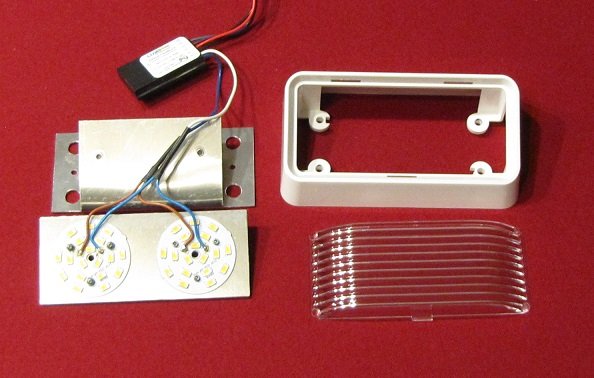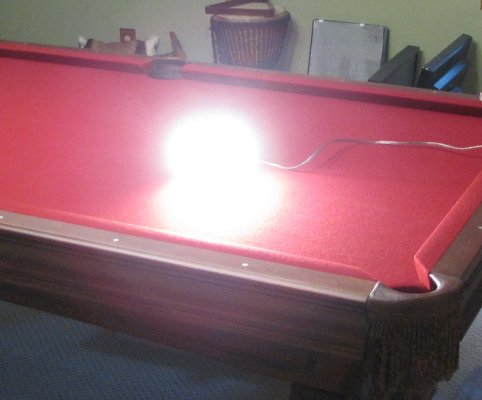Just had another supposed long life CFL bulb go out in the kitchen!
I now have a graveyard bag in the garage with over a dozen - all less than 3 years old.
Shame on me for believing the hype.
Shame on me for not keeping the sales receipts.
I'm going old man grumpy from now on with the manufacturers...keeping my receipts and sending back these dangburn infernal new fangled bulbs!
I now have a graveyard bag in the garage with over a dozen - all less than 3 years old.
Shame on me for believing the hype.
Shame on me for not keeping the sales receipts.
I'm going old man grumpy from now on with the manufacturers...keeping my receipts and sending back these dangburn infernal new fangled bulbs!




